Miechow: “Polish Jerusalem” Celebrates the Knights of the Holy Sepulchre
The VIII edition of the Jerusalem Days took place from 13 to 15 September in the Polish city, the historic seat of the Equestrian Order of the Holy Sepulchre of Jerusalem. An event that brought together knights, ladies and faithful to pray for the Holy Land and celebrate the thousand-year-old tradition linked to this ancient order. Guests included Cardinal Ferdinando Filoni and Fra Francesco Patton, Custodian of the Holy Land
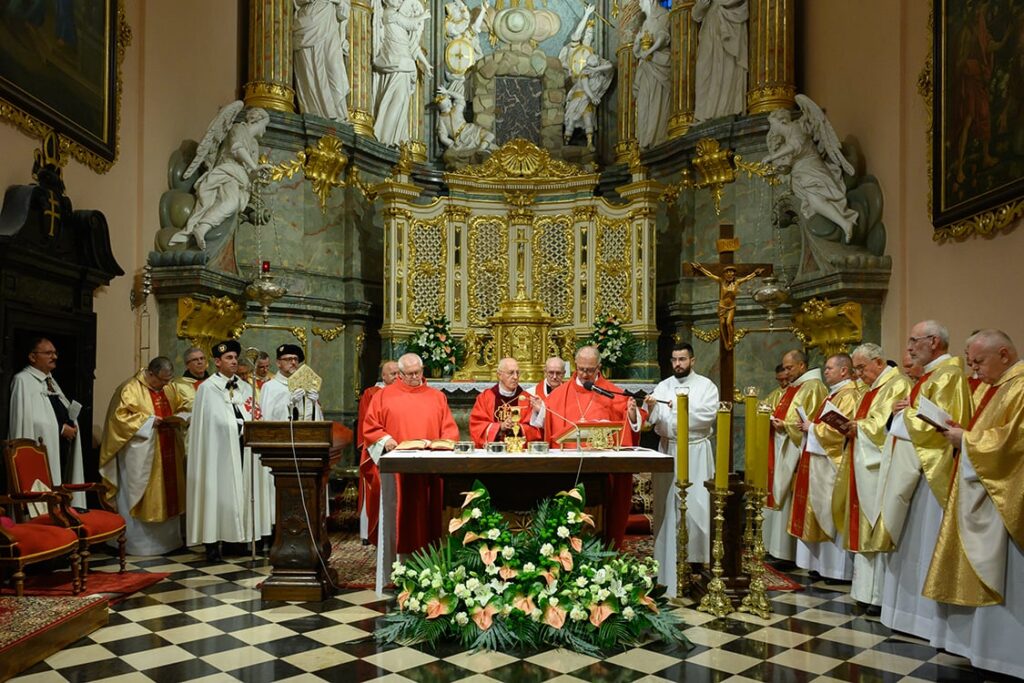
Pilgrimages to the Holy Land were a common practice since the beginning of Christianity. Among the places visited in the land of Jesus was the Church of the Holy Sepulchre, the construction of which was begun by Emperor Constantine in the 4th century AD. In the 8th century, the Holy Land was conquered by Muslims, but in July 1099, during the First Crusade, Christian troops liberated Jerusalem from Islamic rule. Godfrey of Bouillon, who became governor of the conquered territories, elevated the Church of the Holy Sepulchre to a cathedral and formed a chapter of 20 canons in charge of divine service. In 1114, the chapter was transformed into a community of canons regular who, following the rule of St. Augustine, took three monastic vows: obedience, chastity and poverty. Thus was born the Order of Canons Regular of the Holy Sepulchre of Jerusalem, approved by Pope Callixtus II in 1122. It is believed that some knights served alongside the chapter to protect the Church, forming the first nucleus of what we know today as the Equestrian Order of the Holy Sepulchre of Jerusalem (OESSG), or in Latin Ordo Equestris Sancti Sepulcri Hierosolymitani (OESSH).

Not many people know that the history of this order is closely linked to Poland. In 1163, the Polish knight Jaksa of the noble Gryf family, after a pilgrimage to the Holy Land, founded the first European headquarters of the Order in Miechow, near Krakow. Jaksa brought with him a knight and also some earth taken from the Holy Sepulchre, which was mixed with the foundations of the temple under construction. The Church in Miechow, with its copy of the Holy Sepulchre, was therefore erected on holy ground. The Chapel of the Holy Sepulchre, built in the 1530s, is the oldest copy of the Tomb of Jesus in Poland and one of the oldest in the world.
In Poland, the Knights of the Holy Sepulchre were tasked with spreading the cult of the Lord’s Passion, strengthening faith in the Resurrection, and promoting devotion to the Way of the Cross. The custom of decorating the Holy Sepulchre at Easter was spread precisely thanks to the Knights of Miechow. Until 1819, when the authorities dissolved the Order and confiscated its property, the Miechow Monastery was a spiritual center of reference for the whole of Europe.
With the democratic turn of 1989, the Equestrian Order of the Holy Sepulchre was revived in Poland by Cardinal Józef Glemp, who was appointed Grand Prior on 8 December 1995. The first investiture ceremony of knights, ladies and priests took place in Warsaw on 24 and 25 March 1996. In 2010, the permanent seat of the Order’s Lieutenancy in Poland was established in the Miechow Monastery, where the main seat of the Order in the country had been for centuries.
Since 2010, every two years, Miechow has hosted the Jerusalem Days, an event that connects the Holy Land to Poland through historical, cultural and religious celebrations. This year, from 13 to 15 September, the 8th edition of the Days took place, in which prayers were offered for the Holy Land and the challenges faced by Christians living there were reflected upon. For knights and faithful, Miechow has become a pilgrimage stop to the Shrine of the Holy Sepulchre. Guests included Cardinal Kazimierz Nycz, Cardinal Ferdinando Filoni, Grand Master of the Order, Jean-Pierre Marie de Glutz Ruchti, Vice Governor General of the Order, and Fra Francesco Patton, Custos of the Holy Land.
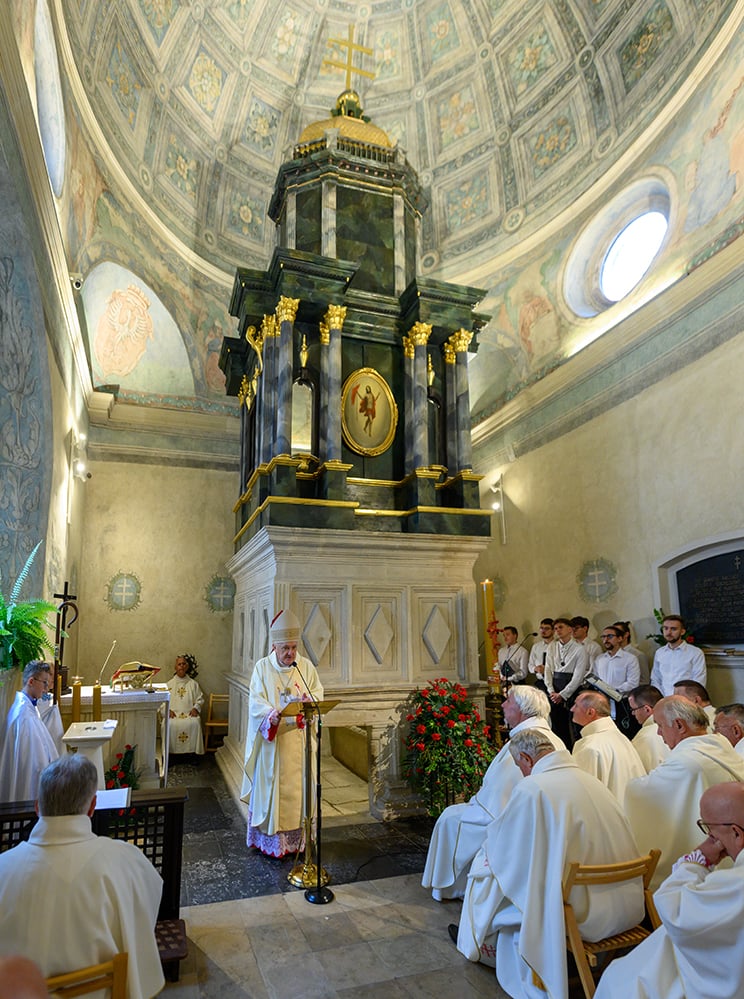
photo courtesy of the Archives of the Lieutenancy of the Order of the Knights of the Holy Sepulchre in Poland.
Related
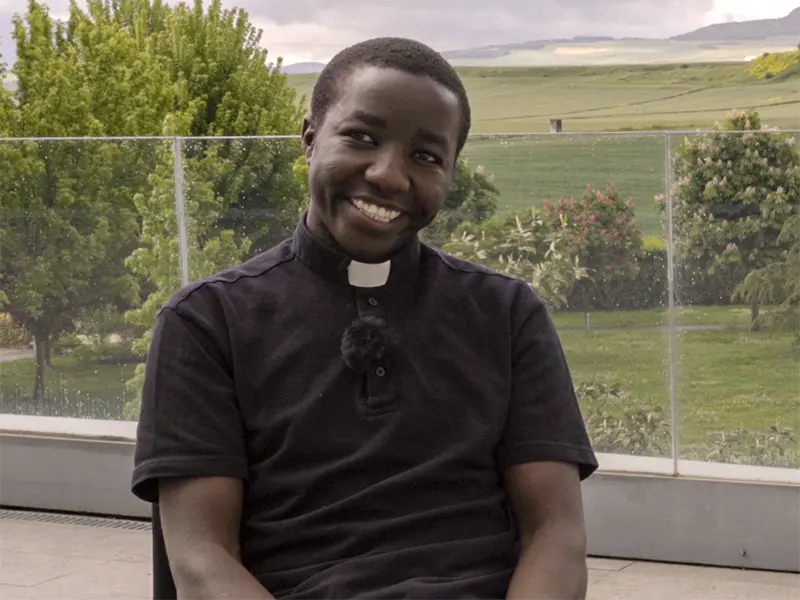
“Being Catholic in Tanzania is a source of pride”
Fundación CARF
16 April, 2025
6 min
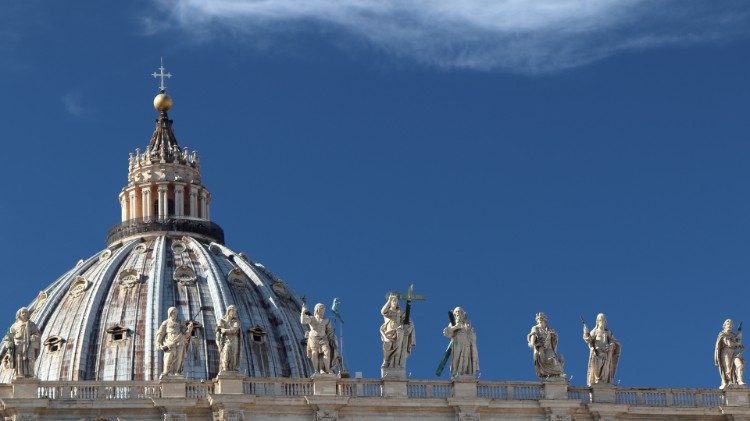
The Vatican Suppresses the Sodalitium of Christian Life After a Long Discernment Process
Exaudi Staff
15 April, 2025
1 min
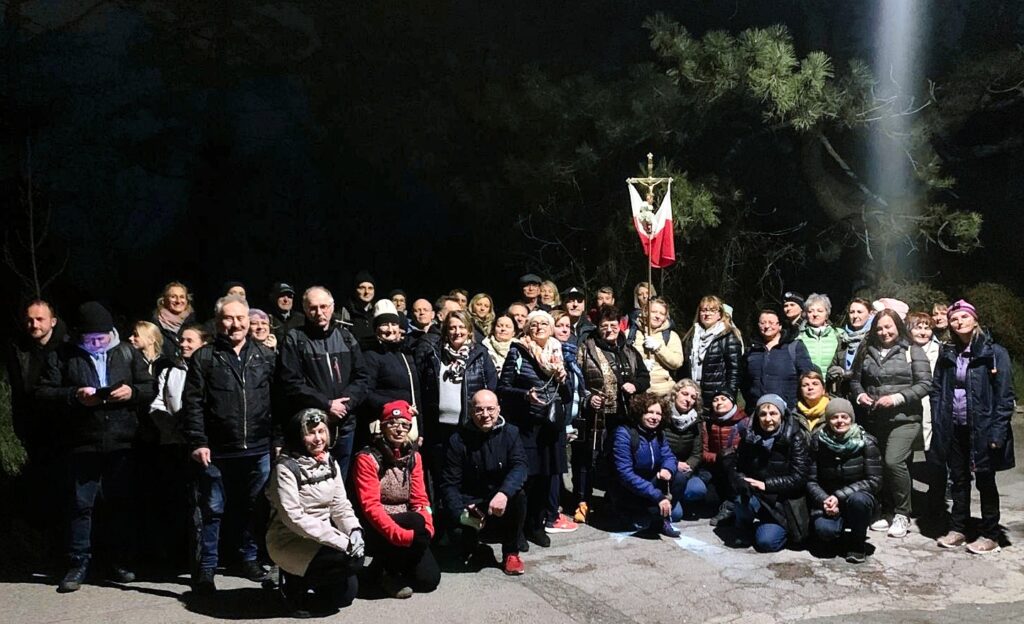
From Kahlenberg to the Papal Cross – Polish Night Way of the Cross in Vienna
Heschel Centre for Catholic-Jewish Relations at the Catholic University of Lublin
15 April, 2025
2 min
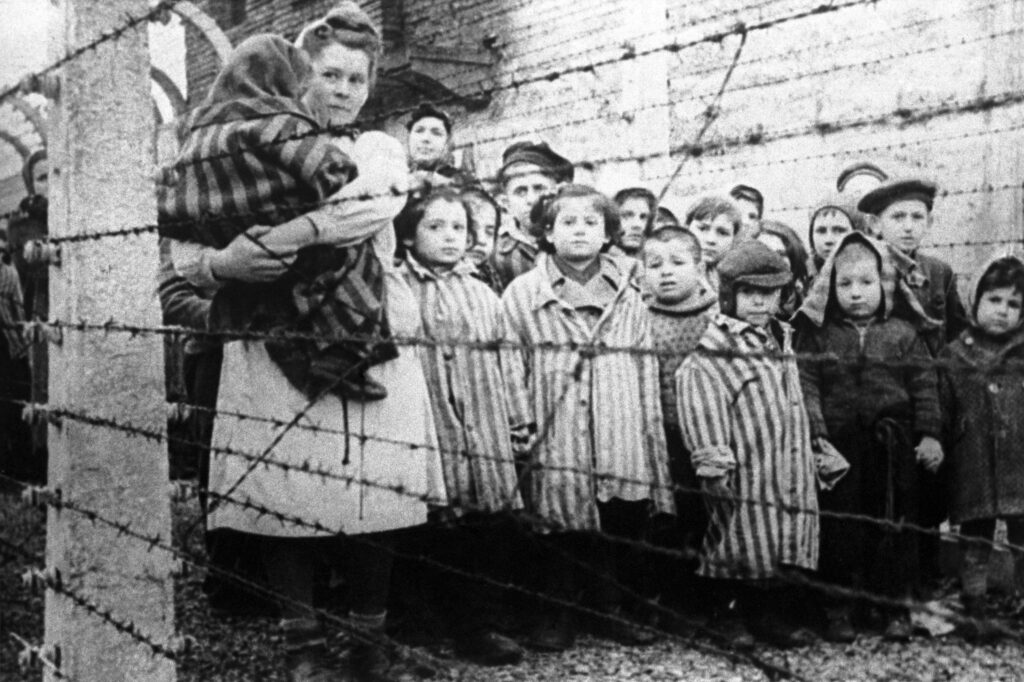
“I Will Never Be Herod for the Innocents”
Wlodzimierz Redzioch
14 April, 2025
6 min
 (EN)
(EN)
 (ES)
(ES)
 (IT)
(IT)

